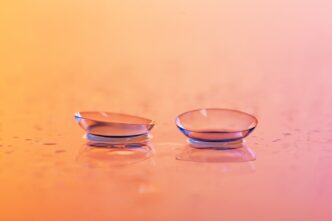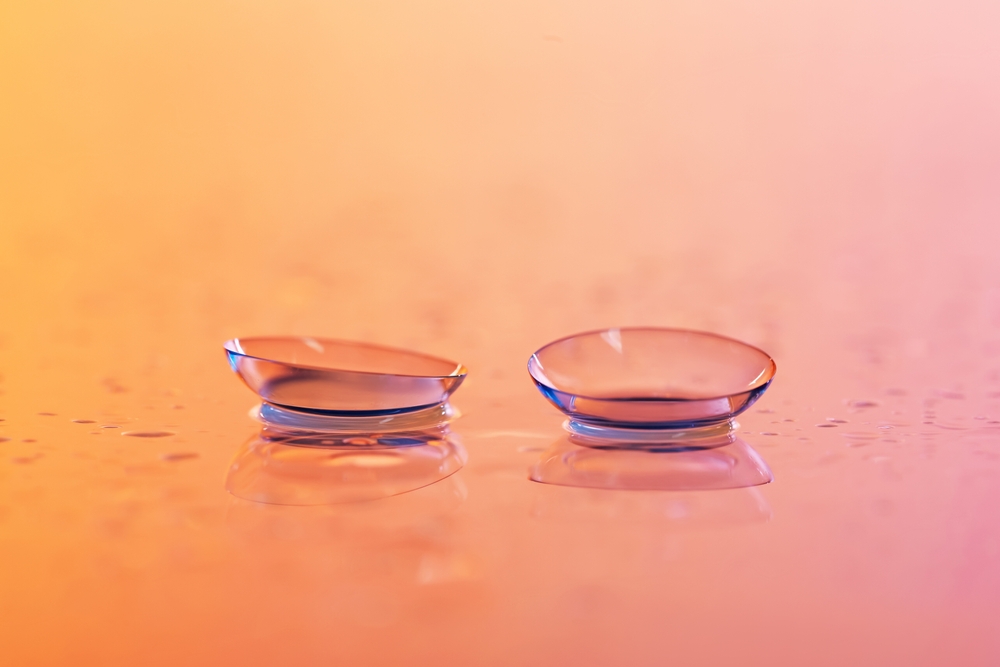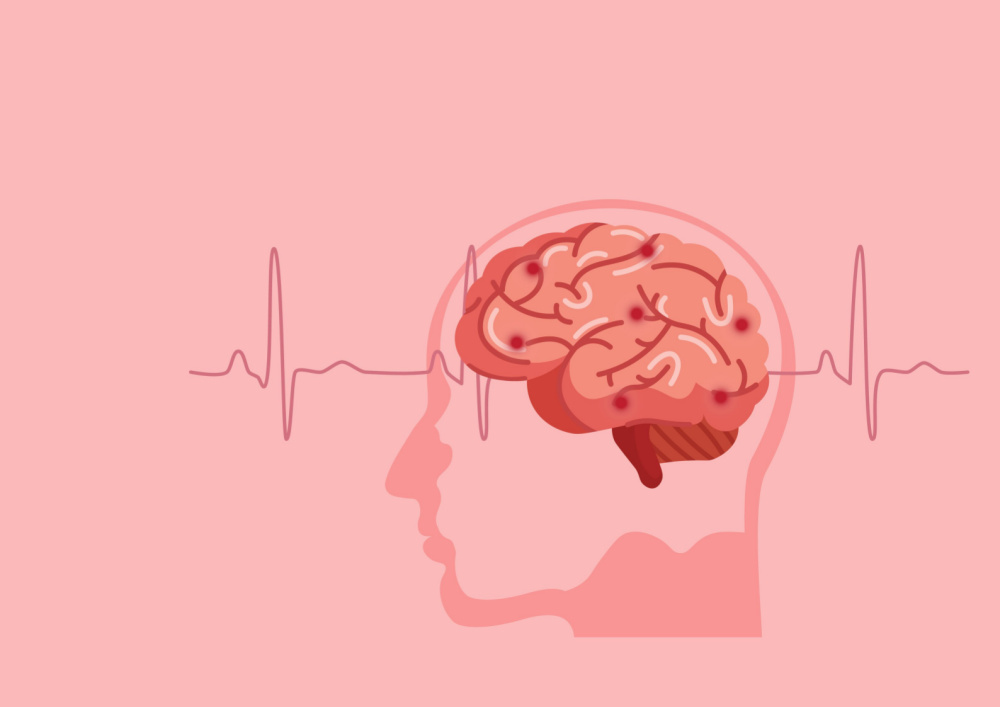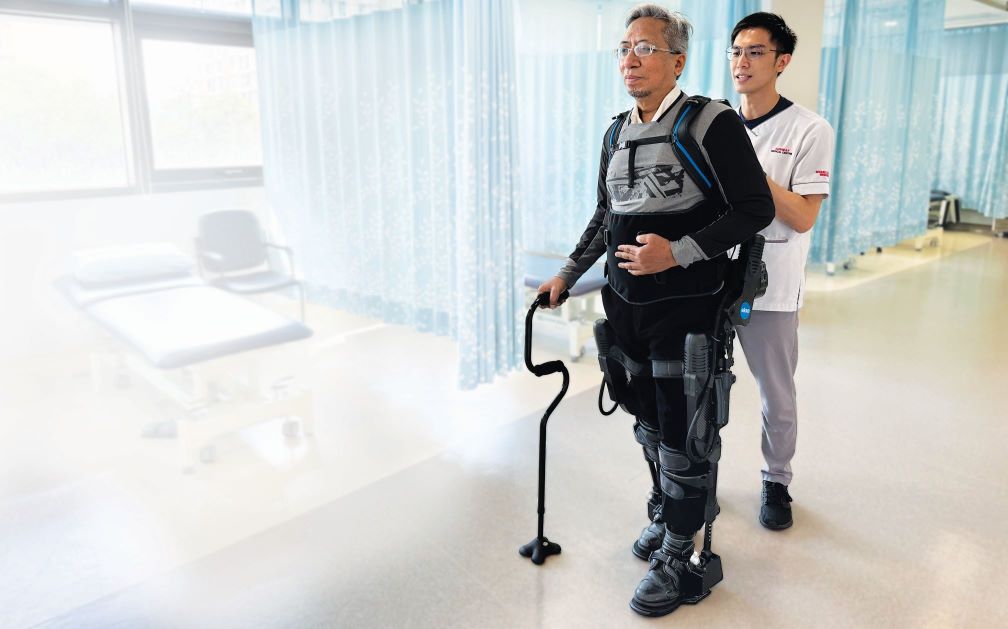The eyes are the windows to your soul, which is why it is of utmost importance that you take extra good care of them. Things get a little more complicated when you decide to wear contact lenses instead of spectacles as they require more caution and hygiene. Optometrist Woon Pak Seong joins us to to offer some tips on contact lens upkeep and more.
WORDS HANNAH MAY-LEE WONG
 FEATURED EXPERT FEATURED EXPERTWOON PAK SEONG Founder and CEO Vision Space Optometrist |
ARE CONTACT LENSES SUITABLE FOR EVERYONE?
Woon Pak Seong reveals that most people can wear contact lenses to correct their vision,
However, contact lens may not be suitable for people that:
- Have a history of eye disease
- Suffer from allergies
- Have dry eyes
- Often get conjunctivitis
- Live in dry, dusty environments
SHOULD WE GET OUR EYES TESTED BEFORE GETTING CONTACT LENS?
“Optometrists would first go through the eye history of their customers,” says Woon Pak Seong.
He adds that:
- The optometrist would check if the person has had any eye diseases in the past, has a family history of eye disease, had previous eye injuries and ask how frequently he or she is planning on wearing the contact lenses.
- Then, the optometrist will carry out tests to determine eye prescriptions that will be needed to correct short sightedness and astigmatism.
- They should also check whether the two eyes work together and whether the eyes react to light to determine overall eye health.
“Some eye health centres have instruments to measure eye pressure. This is to see if you have glaucoma,” Woon adds.
Other tests include:
- Checking for cataracts and whether the retina is healthy.
- Fluorescent staining, where a liquid that is put on your eye to check for infection or scratches on the cornea.
GETTING THE RIGHT FIT
“It’s important that a pair of lens is a good fit,” says Woon.
- When your eye moves, the lens should move a little bit along with it.
- If the lens moves too much, you may get poorer vision.
- if the lens doesn’t move at all, it mean the lens are too tight and that’s not a good sign either.
To ensure the right fit, the optometrist will measure the curve of the eye using a keratometer or a topographer.
Once you’ve got the right fit:
- The optometrist will teach you how to put on your contact lenses.
- Thereafter, you should schedule your regular follow-ups with the optometrist.
- First time wearers should visit the following day, and thereafter you should visit every six months.
Optometrist versus Ophthalmologist
|
DOES THE BRAND OF CONTACT LENS MATTER?
“Yes, it matters,” Woon tells us.
This is because:
- Every brand would have different material thickness, design, and how long you can wear them for (daily, monthly, or weekly).
- Some contact lenses are suitable for astigmatism or are multi-focal.
IS IT SAFE TO BUY CONTACT LENSES ONLINE OR AT SHOPPING MALL KIOSKS?
“The biggest problem with buying online is that you run the risk of receiving counterfeit products,” Woon says.
- Although some online shops do sell genuine products, there is no guarantee.
- The box and the lenses may look identical to the genuine product, but the performance and the quality of these counterfeit lenses will not be the same.
As for buying your contacts from a kiosk, the downside is that they don’t provide services for your regular eye tests.
TIPS ON CARING FOR OUR CONTACT LENSES
Woon states that the most important thing is to replace your contact lenses on schedule.
- If you have monthly lenses, make sure you change them every month.
- If it’s bi- weekly, you should change them every two weeks.
Before you put on contact lens, check that the edges are not torn or jagged because these damaged edges would cut into the eye.
HOW OFTEN SHOULD WE CHANGE OUR CONTACT LENS CASES?
“You should change to a new case every time you open a new bottle of contact lens solution,” explains Woon.
Nowadays, every bottle of solution comes with a new case.
PICKING THE RIGHT SOLUTION
There are 2 categories of contact lens solutions.
- Multi-purpose solution
- Peroxide solution, which is stronger and provides a more thorough cleaning, but need to be used with caution.
DOES THE BRAND OF SOLUTION MATTER?
“It does matter. Most of the time, when you buy your lenses, the optometrist will recommend a solution compatible for that brand,” explains Woon.
- Optometrists refer to the staining grid, a chart that lists down the the brand of solution most suited to each brand of contact lens.
ARE DAILY CONTACT LENSES BETTER THAN MONTHLY ONES?
“Dailies are more hygienic,” Woon says, adding that, however, some daily disposable brands may not carry certain prescriptions.
CAN WE WEAR CONTACTS WHILE SWIMMING?
“Yes, but wear them with goggles,” Woon tells us.
- Wear daily disposable contact lenses for swimming.
- Do not remove the contact lenses immediately after swimming because sometimes, if the swimming pool or sea water goes into your eye, the lens might tighten a little.
- Wait for the lens to loosen first.
SHOULD WE REMOVE OUR CONTACTS BEFORE OR AFTER REMOVING MAKEUP?
Woon recommends removing your lenses before you remove your makeup.
This is because makeup removers often have oil in them, and these will stick on the contact lenses and affect its performance.
CAN WE USE EYEDROPS WHEN WEARING CONTACTS?
“Only use those that are suitable for use with contact lens,” Woon says, adding that some eyedrops have preservatives that may lock onto the contact lens.
| This article is part of our series on eyesight and eye health. |











